Bowers & Wilkins PX7 review: great-sounding headphones with style
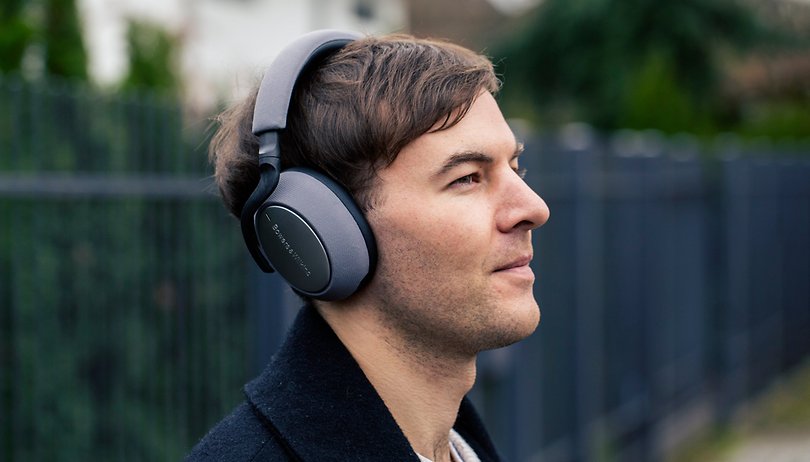

When I tested the Bowers & Wilkins PX5 headphones recently, I was hugely impressed by the design and build quality, and well as how good they sounded. One thing left me wanting though, was the active noise cancellation. Can the PX7s, the larger (and more expensive) over-ear headphones, score on all fronts? Here's our full review.
Good
- Impeccable build quality
- Crisp, balanced sound
- Competitive ANC
- Decent battery life
Bad
- Not the most portable
Bowers & Wilkins PX7 release date and price
The Bowers & Wilkins PX7 over-ear noise-canceling wireless headphones are the brand's flagship cans. As a result, you'll be paying top dollar for these. The official list price in the United States is $399.99. That's $100 more than what you'll pay for the PX5 on-ear headphones from B&W if you buy directly from the manufacturer.
In the United Kingdom, you can find the PX7s on Amazon for £269. You get a two-year warranty on the Bowers & Wilkins PX7s and they come in either Space Grey or Silver. It was the silver pair that I reviewed.
A comfortable set of cans
Bowers & Wilkins says that the woven carbon fiber composite arms of the PX7 "mimic the strength and agility of the fastest vehicles in the world", but what most people will care about is the reduced weight than the metal used in the old PXs. The PX7 are not overly heavy (310g), but you can definitely feel them during longer listening periods compared to plastic over-ear headphones. It's a trade-off many will be willing to make to get this level of build quality though. Just like the PX5s, the PX7s feel rock solid.
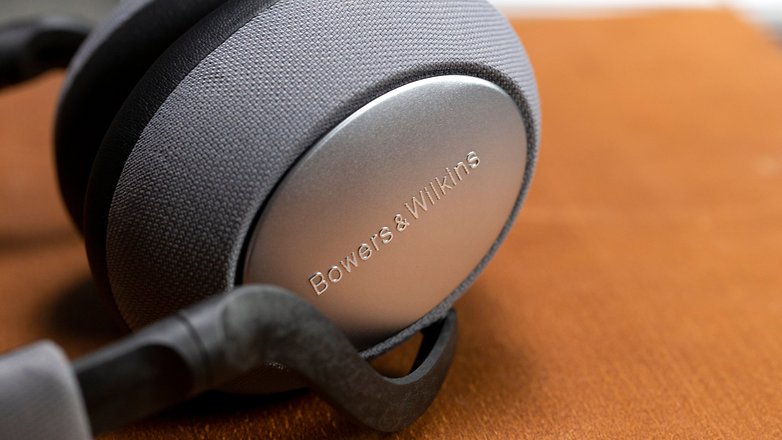
The over-ear design puts the PX7 into a market that is lead by Sony, with its WH-1000XM3, and Bose, with its latest Noise Cancelling Headphones 700. Design is, of course, always subjective but the signature fabric touches and B&W branding has proved popular with those looking for a premium pair of headphones. The PX7s continue this trend and I am a particular fan of the Space Grey variant.
The PX7s come with a robust carry case that is reasonably bulky. It houses both the headphones and the USB-C cable and 3.5mm jack that come with the product. The earcups do fold flat but not inwards like Sony's top ANC headphones or the mega-popular Bose QuietComfort 35. The result is a carry case that's a little less portable than the competition, although admittedly the newer Bose 700 have the same problem. If it's portability you're after, go for the commuter-friendly PX5s.
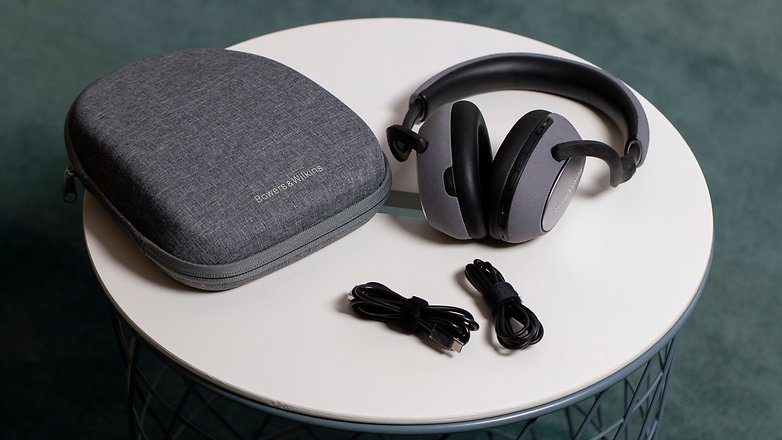
In terms of comfort, the PX7s feature large earcups that completely encase your ears and there is sufficient padding on the cups. The pressure of the clamp also provides a firm-but-nice seal around your ears. Just like on the PX5s, the adjustable headband is reassuring stiff.
The right earcup is a lot busier with buttons than the left, featuring the power slider that also activates the Bluetooth pairing mode, and the three buttons for play/pause and volume up/down. On the left earcup is the button for changing the active noise cancelation. It's a feature that was lacking in the PX5s, so how does it perform on the PX7s?
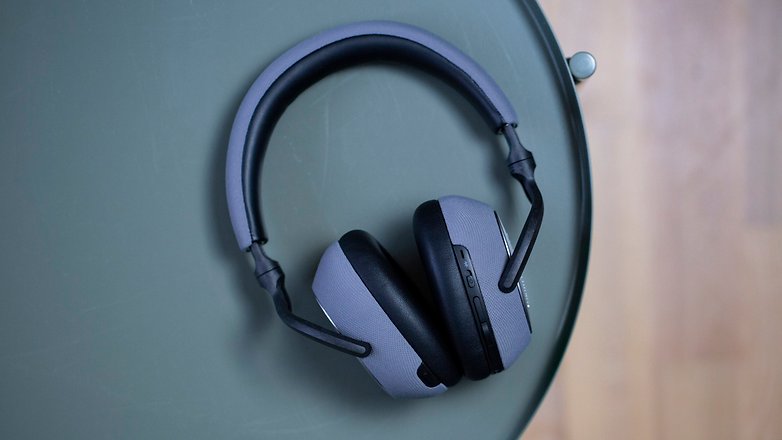
Competitive active noise-cancelation
Bowers & Wilkins' active noise-cancellation was one of my disappointments when I tested the PX5 headphones, but things are better with the PX7s. I wore them on two flights and a long-distance train journey and was satisfied with the ANC. I'd still recommend sticking to the highest setting though, as I did with the more portable on-ear PX5s, if it's total silence and listening isolation you are looking for.
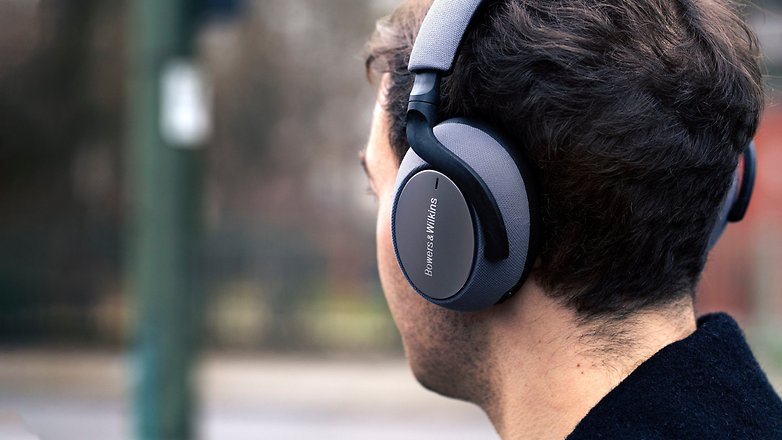
The Ambient Pass-Through feature is still present, achievable either via the Bowers & Wilkins app or by using the single button on the left earcup, but I still find these types of features a little redundant for larger, over-ear headphones. It makes sense on the Apple AirPods Pro, but I still find it socially rude to leave a big pair of headphones on while talking to someone. It is useful for hearing announcements in a train station or airport though, I guess.
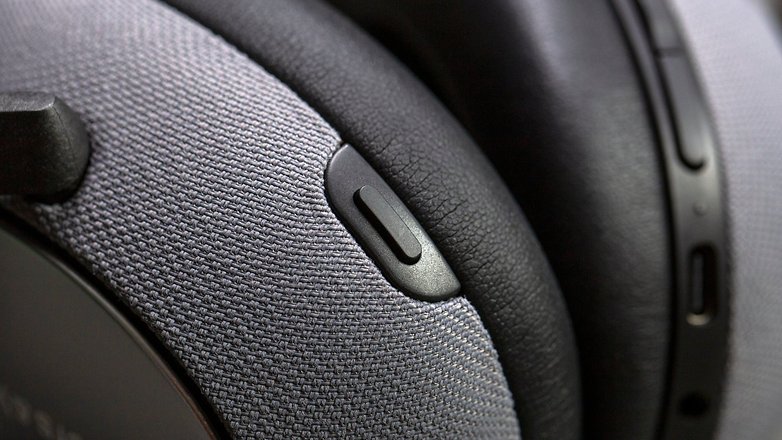
Interestingly, the B&W feature that automatically pauses audio when you remove the headphones or lift one of the earcups (and resumes playing when you put them back on) worked a little better on the PX7s than it did on the PX5s during my testing. This could just be a result of the over-ear versus on-ear design, which means that rather than slip the cup back to free the ear, you are forced to completely drop the headphones to sit around your neck. Still, it's a nice feature that I found myself using a lot when stopping to buy a coffee or show my ticket to an inspector.
That crisp, balanced B&W sound
The PXs headphones, the predecessor to these PX7s, were one of the first pairs of headphones to come with support for Qualcomm’s aptX HD codec, which supports 24-bit music quality over Bluetooth. Plenty of high-end headphones now come with aptX HD support, but not many come with the next-generation aptX Adaptive. Qualcomm's latest Bluetooth codec improves stability and latency, whilst keeping that CD-quality sound over wireless connections. When using the PX7s for playing smartphone games, that aptX Adaptive technology really does make a difference.
We saw this aptX Adaptive in the PX5 headphones too, and it is impressive. The team that did the 800 Diamond Series speakers at Abbey Road Studios is behind the drivers in both the PX5 and PX7 headphones, only the sizes differ. Unlike the 35.6mm drivers you got in the PX5s, the PX7s come with 43.6mm drivers.

I wore the headphones whilst listening to my Your Favorite Songs of 2019 playlist on Spotify, a fairly eclectic mix of moods and musical genres, and never felt let down by the quality of the audio. Whilst the sound quality remains excellent, I have to admit I did not notice a huge difference between the PX5s and the $100 more expensive PX7s. That's not a criticism of either - both sound natural, balanced and very hi-fi, and both have aptX Adaptive - but if you are looking for pure sound quality and don't care about ANC, then the PX5s and 100 bucks in your pocket could be the better option here.
Up to 30 hours of battery life
Bowers & Wilkins say that the PX7 headphones can last for up to 30 hours. That's enough for a flight from London to San Francisco, and back again. This figure is competitive with Sony's top ANC headphones, and I had no reason to doubt the numbers during my testing despite using ANC on its highest setting at all times. I took two 2.5 hour-flights and a 5-hour train journey, plus several hours of waiting around and traveling in between, and still had 50 percent of battery left when I arrived back in Berlin.
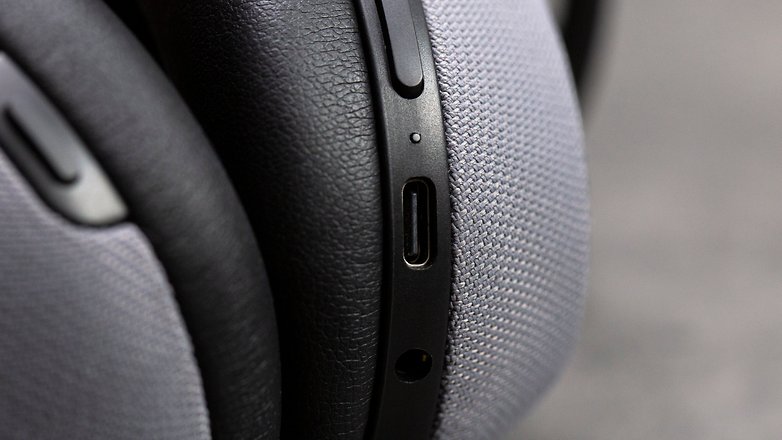
When you do run out of juice, you can gain an extra five hours of playback from a 15-minute stint connected to a power outlet via the USB-C port. You can also use the inlcuded 3.5mm headphone jack to listen indefinitely if you still own a smartphone or tablet with a headphone jack built-in.
Final verdict
For those shopping for the absolute best Bowers & Wilkins have to offer, the PX7s are a no-brainer. The build quality and finish are typically superb and the sound we have come to know and love from this audio brand is there in all of its glory. Add to that the competitive ANC and battery life and you've got a real alternative to the top headphones from Sony and Bose here without having to compromise on sound or features.
The only real reason to not go for the PX7s is if you value portability over sound isolation. The cheaper PX5s are just as comfortable, just as stylish, sound just as good, and are even more lightweight and commuter-friendly. You'll have to sacrifice some ANC performance if you go down that road, but it's a price some will be willing to pay, especially if you factor in the $100 price difference.






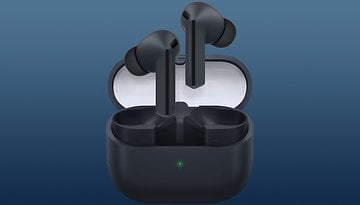

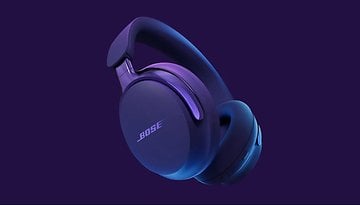
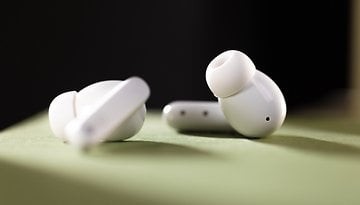
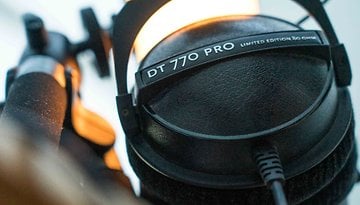



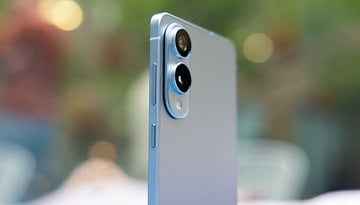
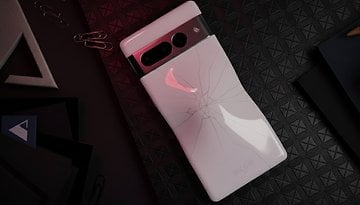
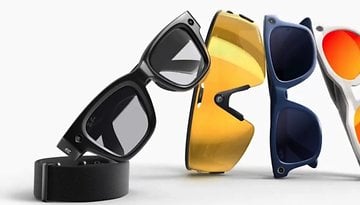
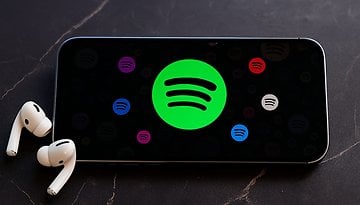


wow, they look good. I think to try them